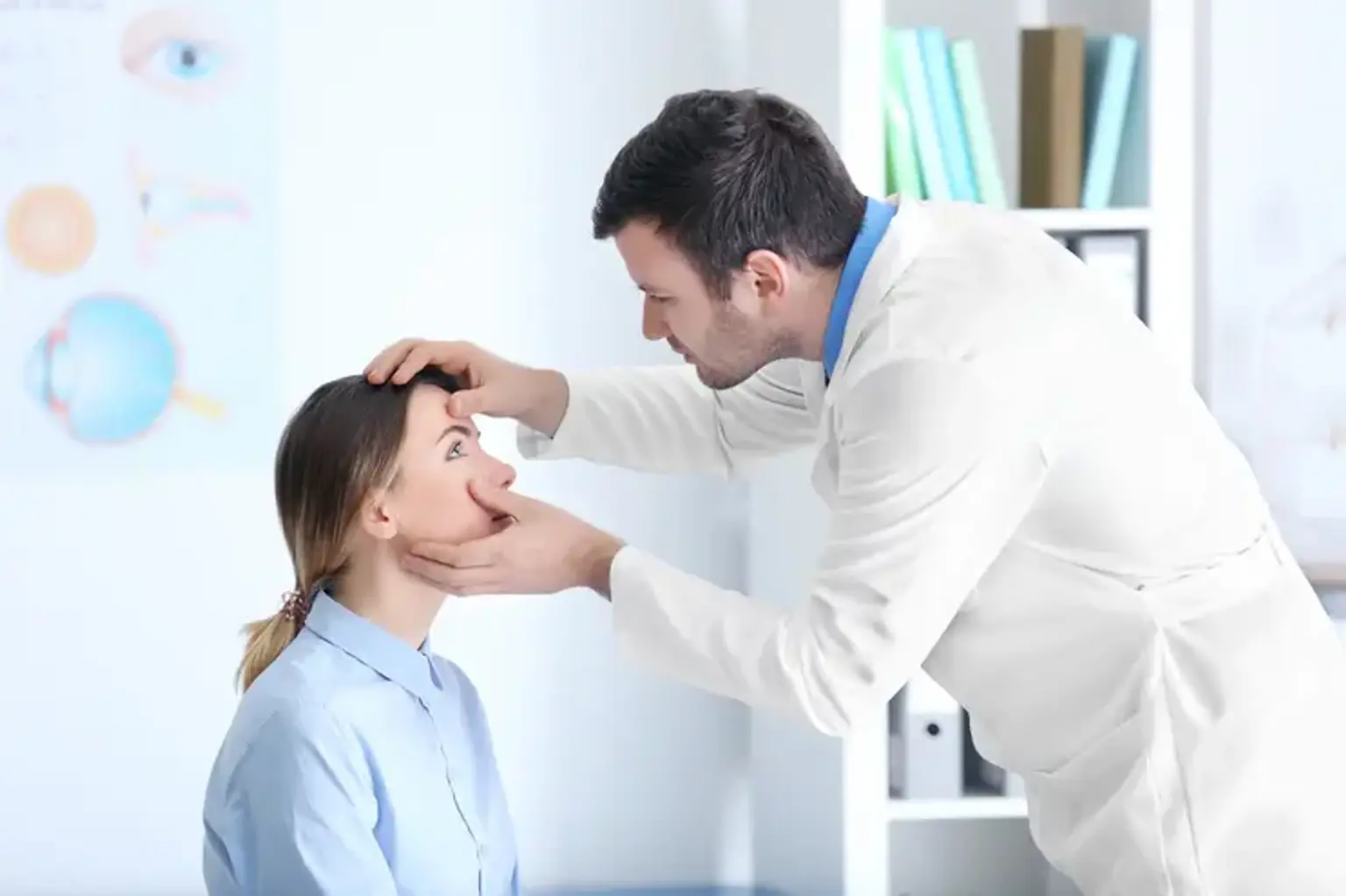Eye diseases
Overview
There are several eye illnesses and eye disorders. Some are incurable, while others are treatable. You may help your own eye health by living a healthy lifestyle and seeing your eye doctor on a regular basis and whenever your vision changes.
